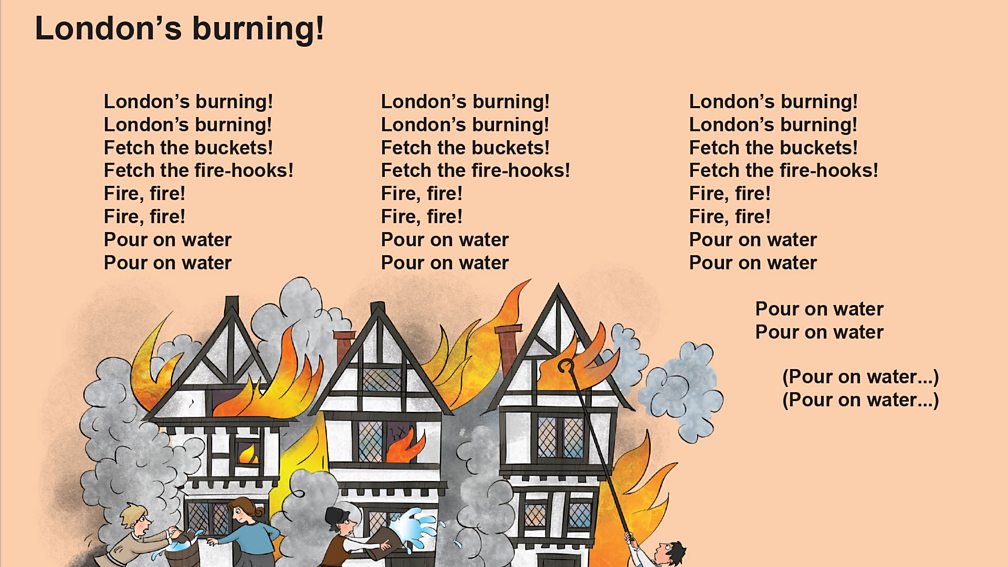

Viewed more positively, this potential for frustration looks like freedom. When frustrated or trapped–in the dead-end tunnel of a maze, for example–one is at first tempted (as the documentation warns us) to give in to unproductive “thrashing,” clicking wildly on every possible feature of the scene.
Burning linking book in myst 3 trial#
Trial and error, experimental wandering, is the only way short of an “external” hint book to learn which objects or paths “yield” to a click. 4 In this case, the user’s hand holds a mouse and the onscreen cursor is the familiar tiny-hand icon.
Burning linking book in myst 3 series#
Another way to put it is that they amount to nonverbal renderings of what Michael Joyce once articulated as the ideal hypertext experience, in which “movement” takes place as a series of “yields” to the touch of the hand of the user. In effect, such hypermedia games translate hypertext into pictures. 3 ASCII commands– turn left open trapdoor pick up torch–are replaced in Myst and its species of game with mouse clicks through a lushly rendered series of images (over 2500 in this case). Besides, as others have noted, Myst has deep (sub)cultural roots in command-line games like Adventure and Zork, with their virtual environments the player manipulates by way of raw text. It was developed in the early, quintessentially hypertextual software, HyperCard, 2 and one navigates the spaces of the game by clicking through successive cards in a series of stacks it’s just that the cards contain images rather than verbal lexias. Myst and its production makes a text worth reading, in part because of the way it reminds us of what we know but are continually tempted to forget: that no text–much less hypertext–is an island.ĭespite its graphical interface and its being marketed as a virtual reality game, Myst is fundamentally a hypertext product. When the stand-alone CD-ROM game is situated in the context of cultural production (in this case, materially, the publishing enterprise), the world-making impulse figured in the very structure of the game, as successive or parallel “ages” or technological regimes, tellingly gives way to messier arrangements in the social nexus–extraneous networks, intertexts, contradictory modes of production, overlapping markets of users, hybrid notions of genre, sparse or tangled, end-less webs of provisional links.

Even if we grant the phenomenological differences between a literally textual and a graphical environment, theorists of hypertext would do well to pay attention to Myst and what it reveals about the place of the Book at this late moment in the history of print culture. 1 Only the Web as a whole has allowed more users to follow more forking paths to unexpected if not indeterminate ends. My point of departure is the fact that the 1993 Broderbund-Cyan CD-ROM game Myst has sold an estimated two million copies to date, making it among the most widely experienced hypernarratives (if not, strictly speaking, hypertexts) in our time. Loyola University is a registered trademark of Cyan, Inc.


 0 kommentar(er)
0 kommentar(er)
